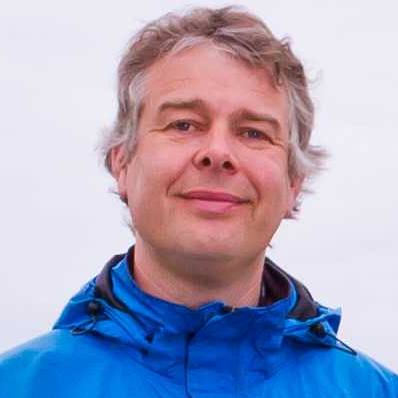Recent Advances in Coastal Sediment Dynamics and Transport
A special issue of Journal of Marine Science and Engineering (ISSN 2077-1312). This special issue belongs to the section "Physical Oceanography".
Deadline for manuscript submissions: closed (31 December 2021) | Viewed by 9787
Special Issue Editors
Interests: physical geography; coastal geomorphology; coastal processes; sedimentology; sediment transport; hydrodynamics; sediments; coastal engineering; nearshore oceanography; beach morphodynamics
Interests: nearshore waves; currents; coastal geomorphology; nourishments; aeolian processes; remote sensing; climate-change impacts
Special Issues, Collections and Topics in MDPI journals
Special Issue Information
Dear Colleagues,
Transport of sediment is driving morphological change in coastal and marine environments, including coastal profile change, shoreline erosion, harbor siltation and/or scour phenomena, and formation of coastal barriers and spits. Within the past few years, significant progress has been made on topics relating to dynamics and transport of marine and coastal sediments, for example, boundary layer processes, turbulence effects on sediment mobilization, and sheet flow dynamics. At the same time, significant advances have been made with respect to both field and laboratory measurement and numerical modeling of sediment dynamics/transport. However, problems remain with upscaling the improved knowledge on small-scale hydrodynamic and sediment transport processes to further our understanding of coastal behavior and evolution on larger scales, and in the application to coastal engineering problems. In this Special Issue, therefore, we invite original scientific contributions on topics including those covered in the list of keywords.
Prof. Dr. Troels Aagaard
Prof. Dr. Gerben Ruessink
Guest Editors
Manuscript Submission Information
Manuscripts should be submitted online at www.mdpi.com by registering and logging in to this website. Once you are registered, click here to go to the submission form. Manuscripts can be submitted until the deadline. All submissions that pass pre-check are peer-reviewed. Accepted papers will be published continuously in the journal (as soon as accepted) and will be listed together on the special issue website. Research articles, review articles as well as short communications are invited. For planned papers, a title and short abstract (about 100 words) can be sent to the Editorial Office for announcement on this website.
Submitted manuscripts should not have been published previously, nor be under consideration for publication elsewhere (except conference proceedings papers). All manuscripts are thoroughly refereed through a single-blind peer-review process. A guide for authors and other relevant information for submission of manuscripts is available on the Instructions for Authors page. Journal of Marine Science and Engineering is an international peer-reviewed open access monthly journal published by MDPI.
Please visit the Instructions for Authors page before submitting a manuscript. The Article Processing Charge (APC) for publication in this open access journal is 2600 CHF (Swiss Francs). Submitted papers should be well formatted and use good English. Authors may use MDPI's English editing service prior to publication or during author revisions.
Keywords
- Bottom boundary layer dynamics
- Bed- and surface-generated turbulence
- Sediment transport
- Sheet flow dynamics
- Measurement of sediment dynamics
- Numerical modeling of sediment mobilization and transport
- Sediment transport and morphological change
- Longshore sediment transport
- Upscaling of sediment transport processes
- Sediment budgets






